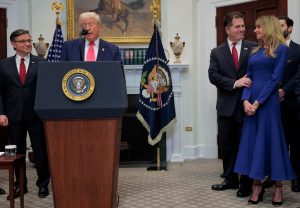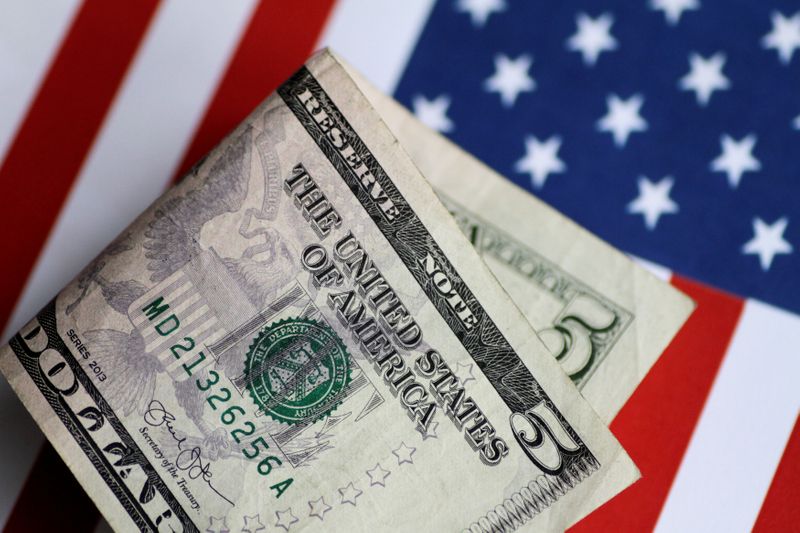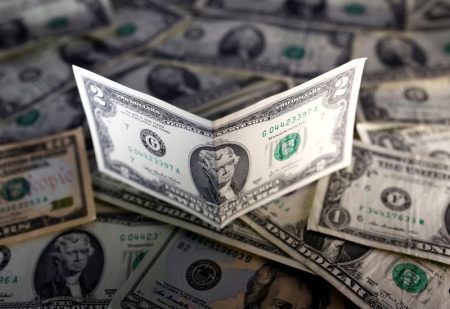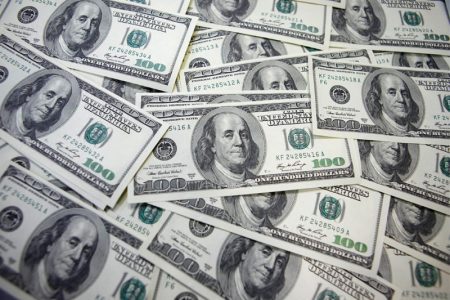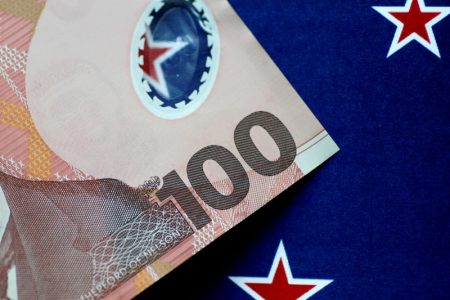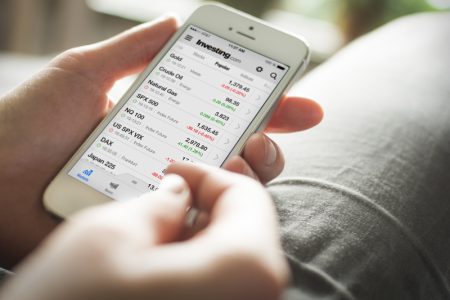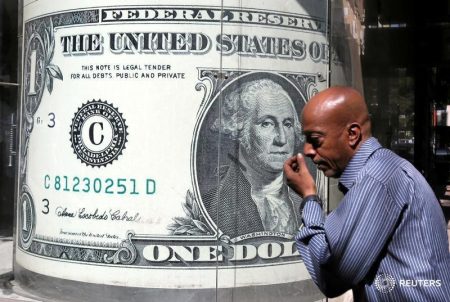DHAKA – Banks in Bangladesh are continuing to trade the US dollar at higher rates than those set by the Bangladesh Foreign Exchange Dealers Association (Bafeda) and the Association of Bankers, Bangladesh (ABB (ST:)), despite a recent directive to lower rates. On Wednesday, Bafeda and ABB reduced the dollar rate by Tk 0.5, setting the purchase price from exporters and remitters at Tk 110 and the selling price to importers at Tk 110.5.
However, on Thursday, banks were buying remittances at Tk 122-123 and selling to importers at Tk 116-118, above the rates set by Bafeda and ABB. The Bangladesh Bank held a briefing where spokesperson Md Mezbaul Haque praised Bafeda’s strategy as timely and necessary. Despite this approval, anonymous bankers criticized the enforced rates, arguing they were ineffective amidst a volatile forex market.
The central bank’s actions come as small and medium enterprises face difficulties opening letters of credit due to a US dollar shortfall. Bangladesh Bank officials have defended the revised rates, citing reduced imports, a $1 billion current account surplus, and a shrinking financial account deficit as reasons for their decision. Yet bankers highlight persistent demand-supply imbalances among banks that contribute to market instability.
In a proposal to ease pressures on the forex market, Zahid Hussain, a former World Bank economist, suggested either implementing a managed floating exchange rate or a bounded system.
In response to these ongoing issues, Bangladesh Bank announced on Friday that new foreign currency rates have been established at Taka 110 for buying (down from Taka 110.50) and Taka 110.50 for selling (reduced from Taka 111). This step is part of efforts to stabilize exchange rates since BAFEDA and ABB took control in September 2021. The central bank highlighted rising remittances contributing to ample foreign exchange reserves and controlled import dollar demand through sight-settled letters of credit. The decision is also supported by banks’ strong Net Open Position, indicating a sufficient dollar supply in the country’s banking system.
This article was generated with the support of AI and reviewed by an editor. For more information see our T&C.
Read the full article here


